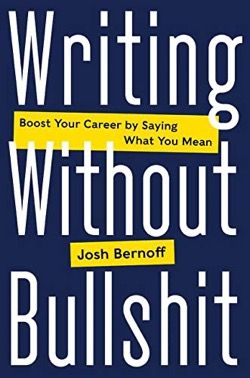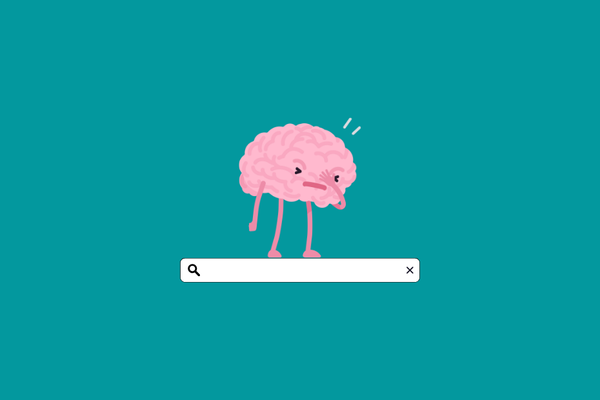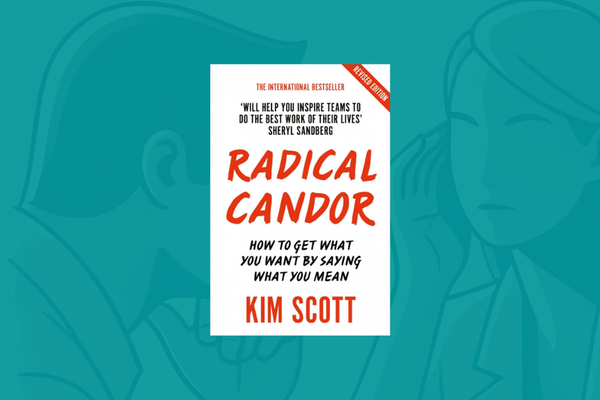What I learned from Writing Without Bullshit
We read on mobile screens. We skip the boring parts. We don't even click on the bullshit. Writing Without Bullshit is a book about how to write e-mails, messages and articles that are worth reading.
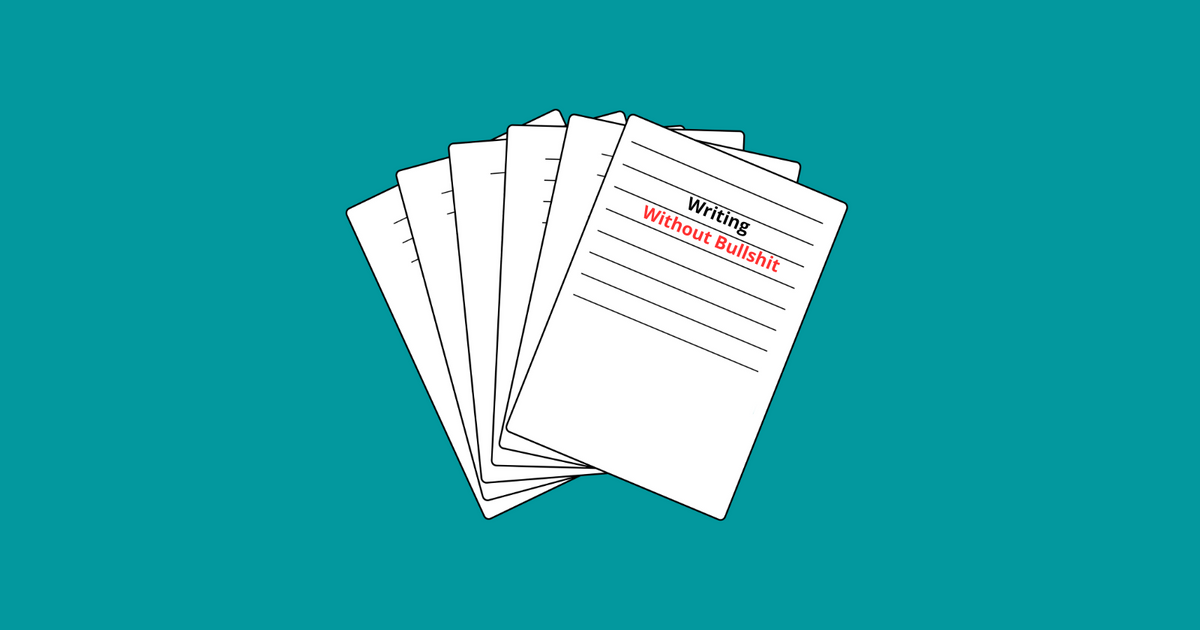
Bad writing is frustrating for the reader and useless for the writer. It doesn't get the job done, it is not able to evoke interest or convey the message it is supposed to deliver.
You can tickle the box in your productivity app which says "publish the article" or "send e-mail" but doing the busywork doesn't lead to a meaningful outcome.
I have all of the problems above due to my lack of training in writing and the bad influence of creating long-form SEO articles for years. I am often putting too many unnecessary words into my articles and send e-mails that even I wouldn't want to read.
At the same time, I value clarity and effectiveness.
I don't want just articles ranking in Google searches, I want to write words worth reading. I also want to send e-mails that are easy to understand and don't waste anyone's time.
Luckily Josh Bernoff has written a book under the title of Writing Without Bullshit which addresses my writing problems and more.
Why are we writing bullshit?
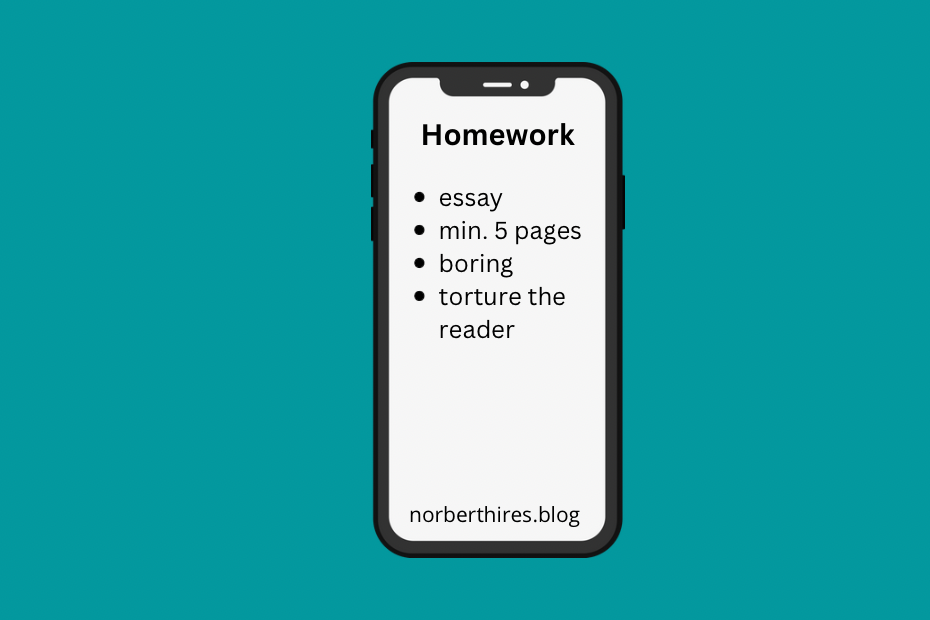
- Because of school: Writing a compelling essay in 100 words is not rewarded in academia. We have minimum word counts to fill which is encouraging to write in as many words as we can.
- No training for mobile screens: Even if we forget about our time at high school and sign up for a writing workshop, it can happen that we don't get much value out of that. There is no effective training to write for mobile screens.
- Editing is a lost art: Writing became democratized. Previously the most read mediums were books and newspapers. Their writers were most of the time supported by professional editors. Now anyone can publish a blog, newsletter, or social media post. The number of edited texts decreased and the quality with it as well.
- Clarity is dangerous: Hiding behind fluffy words and not saying anything concrete with your writing may not be effective but it is not as risky as sharing what you think. Clarity is dangerous because maybe people don't agree with you.
Practical Tips to Write Better
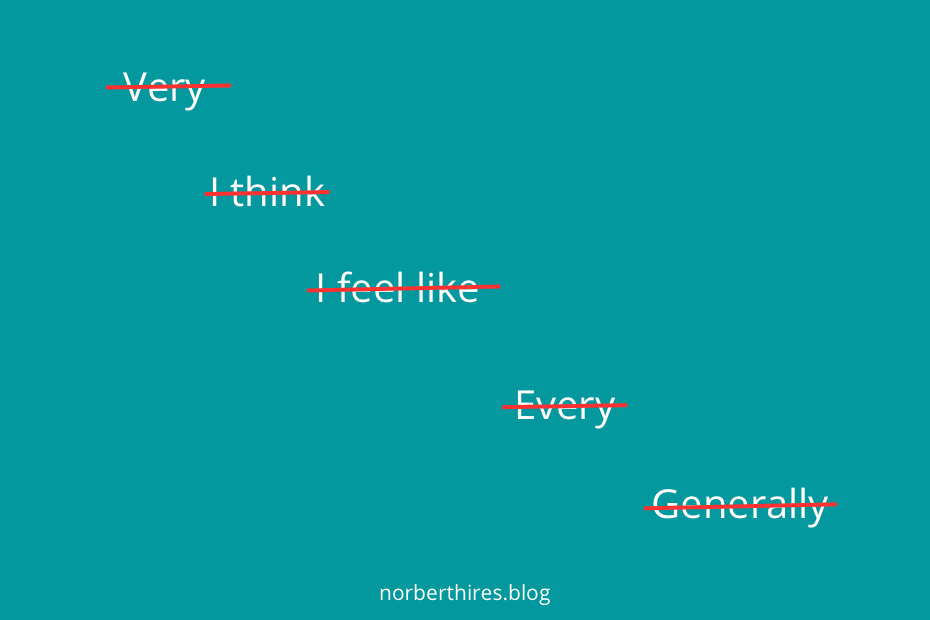
- Hooks are for your readers: When writing I tend to avoid exaggerating the promise of my words. I hate clickbait titles, so I don't write them. But conveying the value of your writing makes the difference between whether you can deliver the value in the body of the text or the reader simply scroll through your post.
- The Iron Imperative: Treat the reader’s time as more valuable than your own.
- Remove the first sentence: Saying the same things in fewer words help you to value your reader's time more. If you can remove the first introductory like paragraph in your text without losing meaning, then do it.
- Prune qualifying words: "Very", "every, "considerable", and "on the other hand" makes your text longer without changing its meaning. They often can make you even less trustworthy as Steven Pinker points out in The Sense of Style:
“If I’m wondering who pilfered the petty cash, it’s more reassuring to hear Not Jones; he’s an honest man than Not Jones; he’s a very honest man. …"
- Never explain or apologize: "I think" and "I feel like" signals that you are not sure about what you are writing. You should even do more research to back up your reasoning or cut these words.
- Start with what matters: Start your writing by sharing the most important conclusions and then back it up. If your document is longer than 10 pages, then add a summary.
Passive Voice, Jargon, and Weasel Words
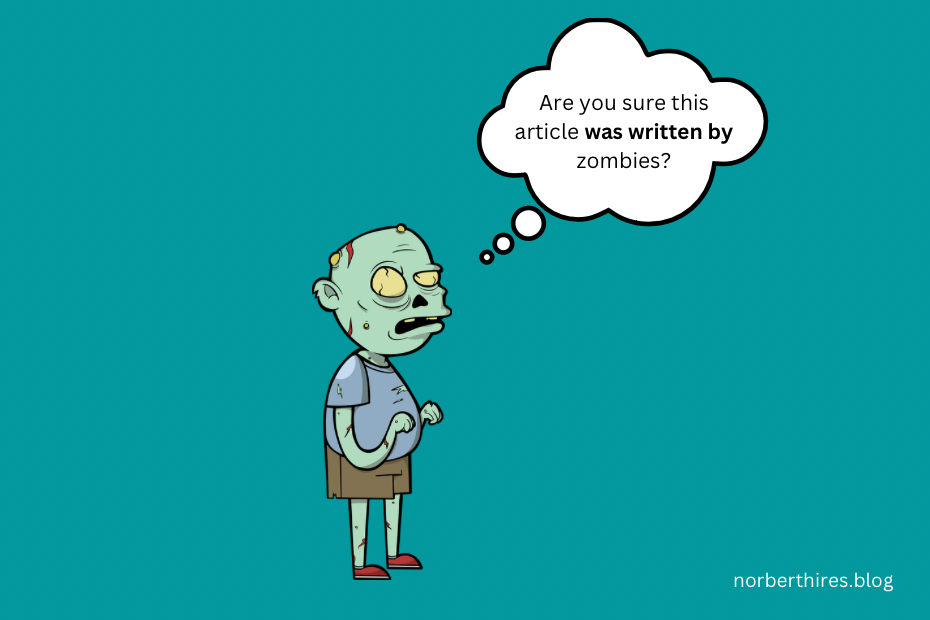
- The Zombies Test: If you can add "by zombies" to the end of the verb then it is passive voice. (This article was published by zombies.)
- The Problem with Passive Voice is that it hides responsibility. If you write in a passive voice and try to come up with recommendations, then for the readers it will be confusing what they should do. "A detailed audit must be carried out" may be a valid conclusion, but who should carry out the audit and how does the reader relate to that?
- Rewriting passive voice requires thinking: To write about who caused the problem, and who is responsible for the solution you need facts. Rewriting passive voice often requires additional research.
- Eliminate jargon: Defining some crucial concepts and using them in the text is fine, but too much jargon makes a text hard to understand. The golden rule of eliminating jargon is inspired by Einstein:
“If you can’t explain it simply, you don’t understand it well enough.” - Albert Einstein
- Weasel words are indicating quantity or intensity but lack precision. "Very", "likely", "usually", and "generally" are not adding value to your text, delete them mercilessly.
Numbers and Structure

- Give context when you use numbers: Sharing a number without providing a yardstick on what that means is frustrating readers. You had 25.000 new users this year? How many did you have last year? Your revenue increased by 5% last month? How did your competitors perform during that time?
- Statistics have an expiration date: If you are writing about fast-changing environments like technology usage, then statistics have an expiration date. Sharing numbers about technology usage can be misleading if the statistics are older than 9 months.
- 300+ words require structure: Any text, or document containing more than 300 words requires some sort of structure.
- Graphics increase the reach of text: Graphics are making texts easier to read, they can share messages more effectively and can help your idea spread more rapidly because they are more likely to be shared than a wall of text.
The Writing Process and Crafting Emails
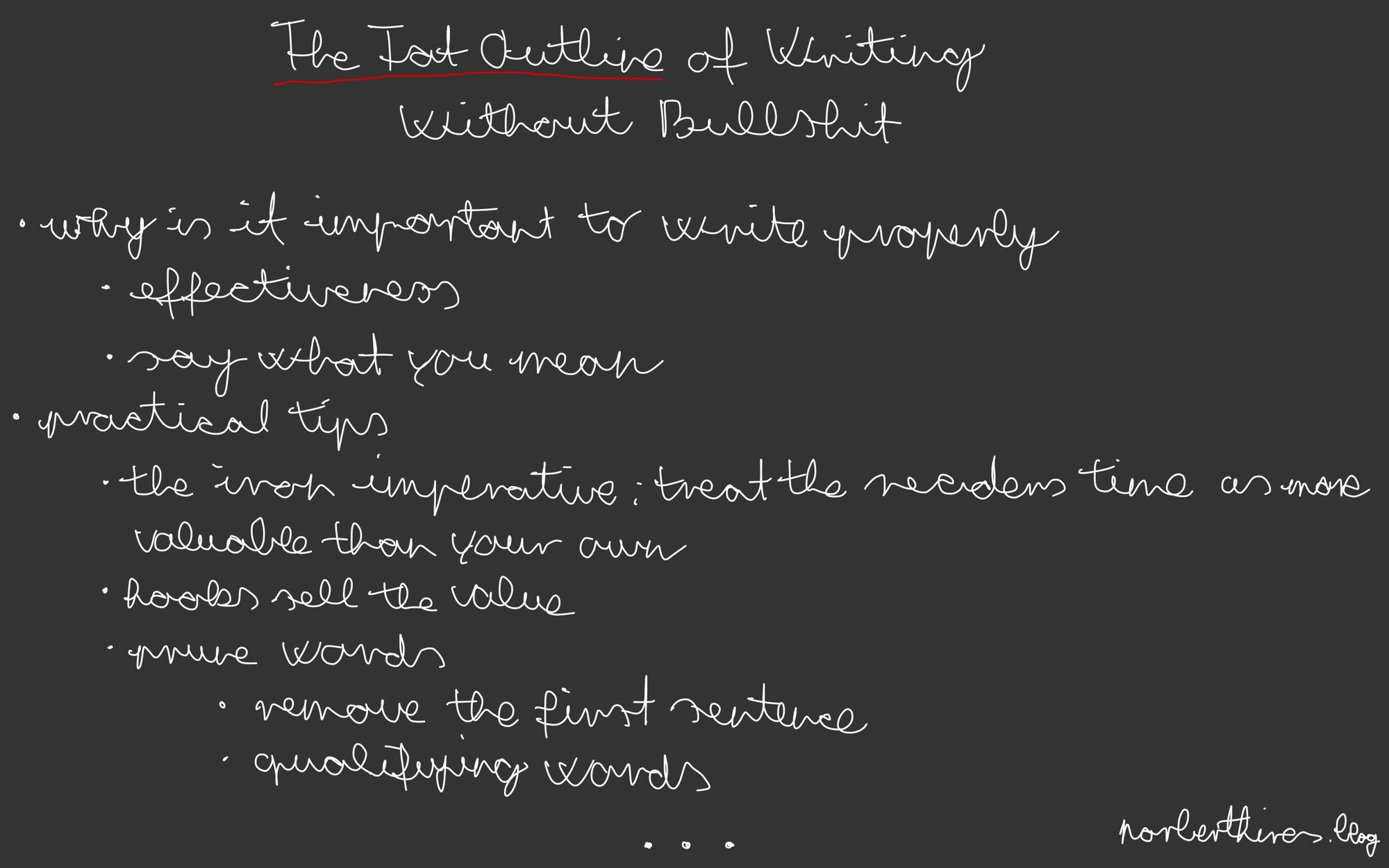
- Create a fat outline: The fat outline is a description of the topics you will tackle with descriptions and structure during the writing process. Doing research and creating a fat outline is as important as writing the piece itself.
- Craft a title before the outline: You should start the whole process of researching & writing by crafting a title. Then you should revisit the title during writing the fat outline and later you should further optimize it during the writing process. This way you will have 3-4 title ideas before publishing.
The ROAM Analyses of Writing
Josh Bernoff puts together a framework to write meaningful texts which can have an impact on the readers. In the book, he suggests doing this exercise before writing the piece and looking at the end product during the writing process.
The framework consists of four elements:
- Readers: Who is your audience? Who are you writing for?
- Objective: How will you change the reader?
- Action: What Do You Want the Reader to Do?
- iMpression: What Will the Reader Think of You?
If you answer these questions you will have a mission statement for your writing like the following template:
After reading this piece, [readers] will realize [objective], so they will [desired action] and think of me/us as [desired impression].
Email Thoughtfully

- Don't use cc and bcc in an email: If your message is relevant to someone put them in the recipient's list. Sending an e-mail cc or (even worse) bcc can bite back when someone discovers you were trying to hide something or someone.
- Call instead of e-mailing: Counterintuitive advice, but just as how some meetings should have been just an e-mail, some e-mails should have been only a short call. E-mail as a format is not suited for dialogs.
- Microwave greeting: If you are cold emailing someone within the company start with the fastest possible introduction. "I am John from finance, and writing to you about next year's budget."
- Longer e-mails get lower response rate: According to Boomerang response rates for e-mails starting to decrease after 100 words (though this statistic is from 2016. I bet now we can handle even fewer words).
Writing Without Bullshit Summary
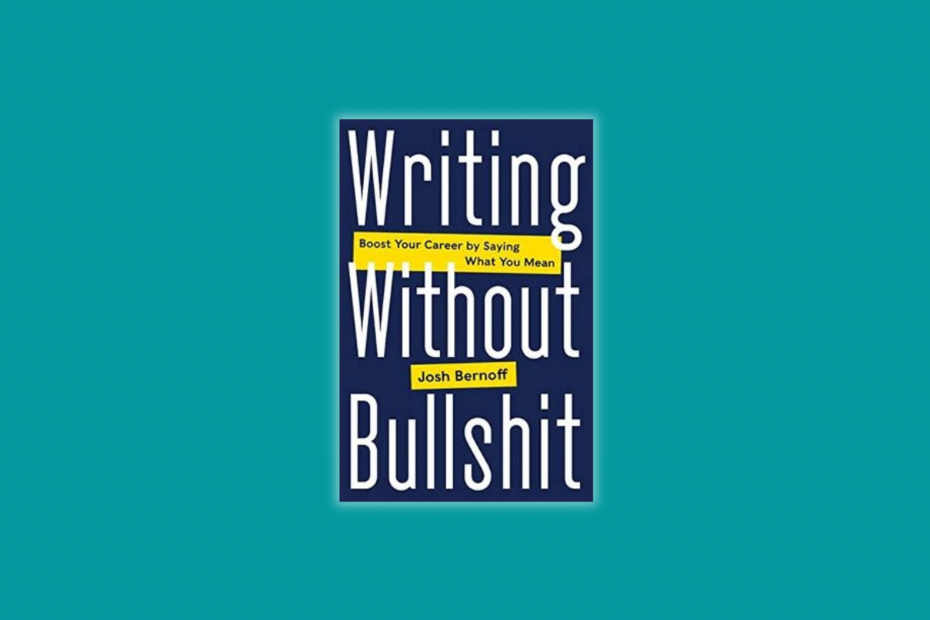
Communicating clearly is a skill that will not go out of fashion. Maybe we will write prompts to pull data from AI models or we will craft scripts for videos, but writing will stay the core of most of the artifacts we produce.
Writing Without Bullshit proved to be a useful companion on my journey to write better. I suggest you give this book a try if you have similar goals to me.
Above I shared what I learned from reading Writing Without Bullshit, but the mentioned topics are not a full summary of the book.
I left out details on:
- How to craft actionable reports?
- How to work with editors?
- What do deadlines have to do with writing?
...and examples of letters and articles the author used to explain the concepts shared above.
If you are interested in more book summaries or hungry for insights about marketing, then consider subscribing to the newsletter below to get my fresh articles right into your inbox.
